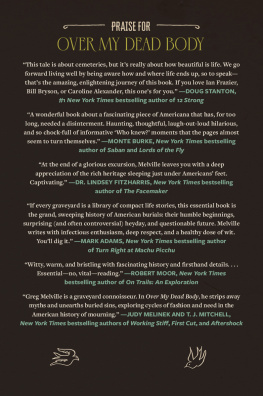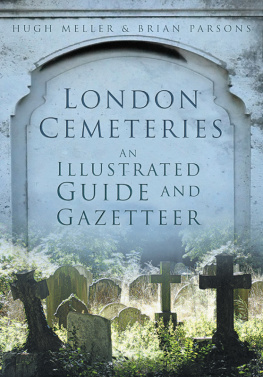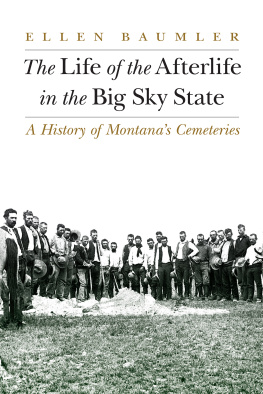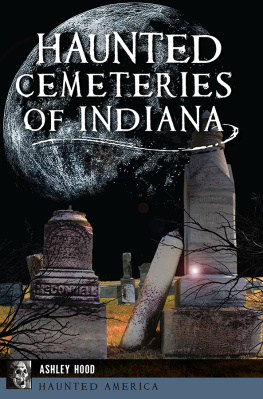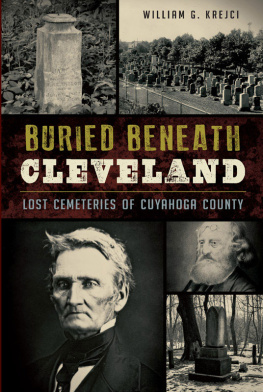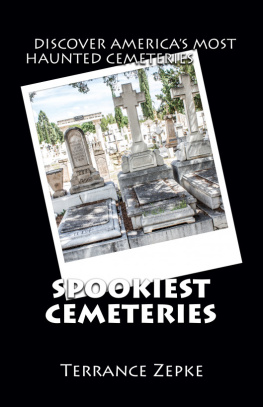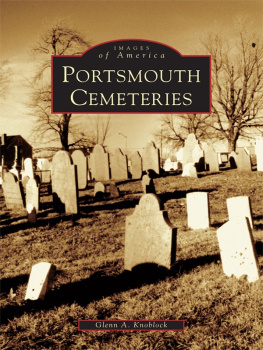Contents
Landmarks
Page List
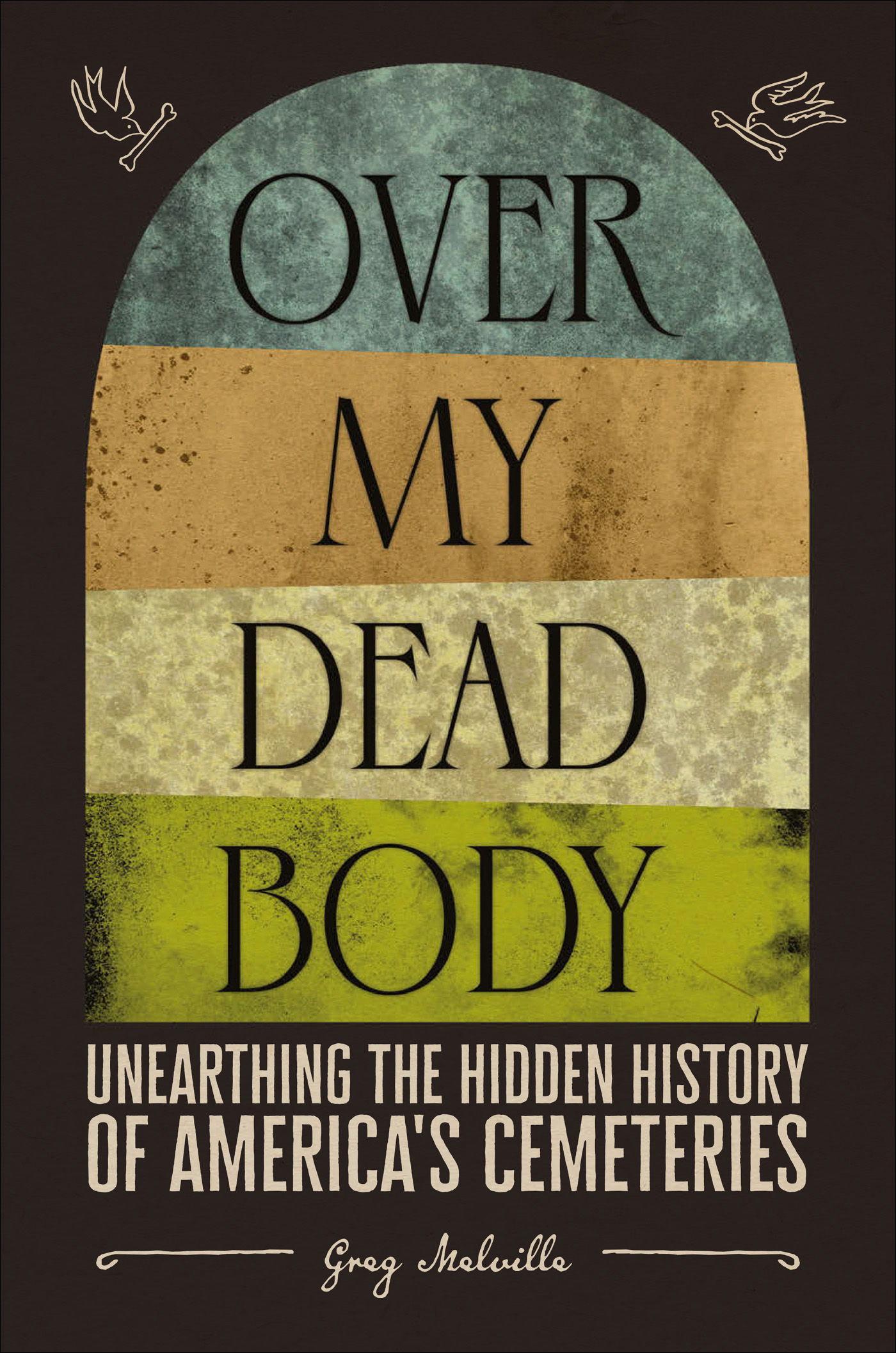
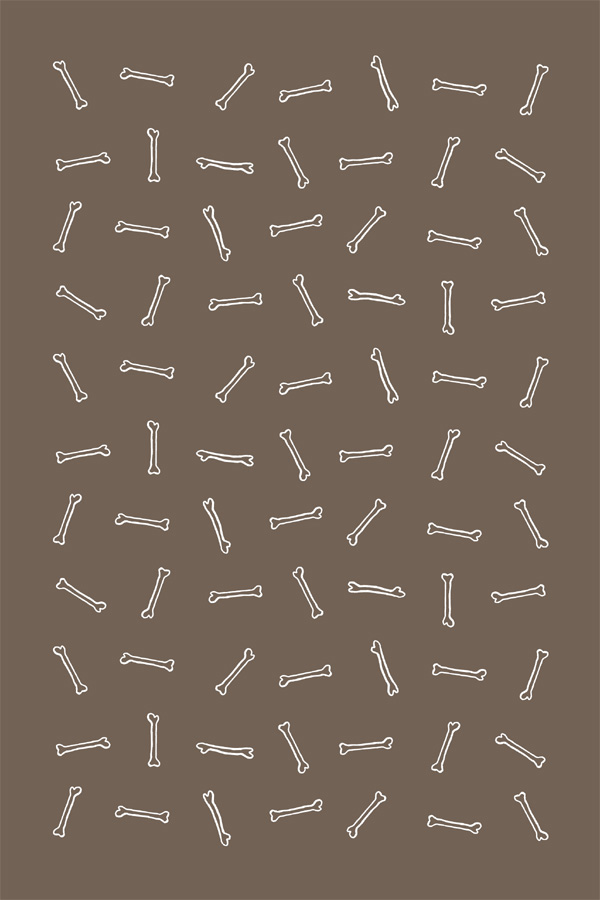



Copyright 2022 Greg Melville
Photograph credits can be found on
Cover 2022 Abrams
Published in 2022 by Abrams Press, an imprint of ABRAMS. All rights reserved. No portion of this book may be reproduced, stored in a retrieval system, or transmitted in any form or by any means, mechanical, electronic, photocopying, recording, or otherwise, without written permission from the publisher.
Library of Congress Control Number: 2022933716
ISBN: 978-1-4197-5485-2
eISBN: 978-1-64700-304-3
Abrams books are available at special discounts when purchased in quantity for premiums and promotions as well as fundraising or educational use. Special editions can also be created to specification. For details, contact specialsales@abramsbooks.com or the address below.
Abrams Press is a registered trademark of Harry N. Abrams, Inc.

ABRAMS The Art of Books
195 Broadway, New York, NY 10007
abramsbooks.com
To Joan and Dave
with love and gratitude
GRAVEDIGGER : Come, my spade. There is no ancient gentleman but gardeners, ditchers, and grave-makers.
They hold up Adams profession.
HAMLET , ACT 5 , SCENE I
CONTENTS
1. CANNIBALS, A COFFIN, AND A CAPTAINS STAFF
Colonial Jamestowns original graves reveal Americas distinctly uncivilized beginnings
2. PILGRIMS PROGRESS?
To trace Americas long, ongoing history of desecrating the Native dead, start at Plymouth Rock
3.... OR GIVE ME DEATH
Jewish cemeteries are Americas first and most enduring public expressions of religious libertywhich makes them targets for intolerance
4. WHERE THE BODIES ARE BURIED
Southern plantation owners concealed the evidence of their moral crimes by hiding the bones of the enslaved
5. OUT OF THE CHURCHYARD, INTO THE WOODS
Rural-style cemeteries transformed Americas landscape, turning burial grounds into tree-filled tourist destinations
6. UNDERGROUND ART
The Brooklyn cemetery that turned New York into Americas cultural capital
7. DEATH COMES EQUALLY TO US ALL
Racial segregation in American cemeteries is still very much alive
8. THE TONIC OF WILDNESS
How Emerson and Thoreau turned a new cemetery into the countrys first conservation project
9. A CEMETERY BY ANY OTHER NAME
Central Park, built on burial grounds, has become Manhattans most active repository for human remains
10. FOUR SCORE AND SEVENTY-NINE YEARS AGO
The Civil War opened the gates to the capitalism of corpsesand death in America has never been the same
11. SWEET AND FITTING TO DIE FOR ONES COUNTRY
How Arlington National Cemeterys success as a monument to war made Americans too eager to fill it
12. KEEPING UP WITH THE CORPSES
The way cemeteries set the mold for Americas suburban subdivisions
13. LASTING IMPRESSIONS
Tombstones in old boot hill graveyards keep alive the lost story of Chinese immigrants in the nineteenth-century American West
14. THE DISNEYLAND OF GRAVEYARDS
How a Los Angeles cemetery corporatized mourning in America
15. WE DIDNT START THE FIRE
Cremation now outnumbers burials in America and has surprisingly led some dying cemeteries to rise from the ashes
16. LEVERAGING BURIED ASSETS
Facing an existential threat from Digital Immortality, cemeteries are staging a gritty fight for survival
17. BACK TO NATURE
Green cemeteries return Americas burial practices to the countrys earliest days
PROLOGUE
Shawsheen Cemetery
Bedford, Massachusetts
Established: 1849
The first time I put a body in the ground was on a clear June morning before my senior year of college. I was in my hometown of Bedford, Massachusetts, sitting behind the wheel of a pickup truck dressed in blue jeans, steel-toed work boots, and my favorite Aerosmith T-shirt. I generally saved the Journey T-shirt for nicer occasions.
From the truck, I watched the claw of a yellow, exhaust-belching backhoe tear a hole into a patch of grass about fifty feet away, between granite gravestones. To my right sat my nineteen-year-old coworker, Billy, leafing through the pages of an adult magazine. Above the backhoes rumble, Billy gave meunsolicitedthe synopsis of a short story that caught his attention. Ever the literature lover, he was. Billy and I both worked as summer employees for the Bedford Department of Public Works, our main job being to mow the grass at the local Shawsheen Cemetery and help dig graves for the occasional funeral.
Gravediggers, as I know firsthand, get a raw deal. In return for doing societys dirty work, society looks down its nose at them. The job title equates in peoples minds to low-wage, menial labor. Never mind the fact that just about all of us will hire one someday. Abraham Lincoln once worked as a gravedigger. So did rocker Tom Petty, who said he took the job because you didnt have to look too sharp. Amen.
After the backhoe finished scooping out the Shawsheen Cemetery soil and depositing it onto a piece of plywood, Billy and I exited the truck, reached for our shovels, and dropped into the newly dug hole. Machines do much of the heavy work these days, except in hard-to-reach nooks where only a shovel can reach. The smell of fresh earth enveloped us as we shaved the grave shafts sides and leveled the floor to the proper sizeabout eight feet long, three feet wide, and five feet in depth.
I was surprised to discover that Shawsheens graves werent six feet deep, as horror movies led me to believe. The six-foot rule likely originated during a plague outbreak in mid-fifteenth-century England, when Londons mayor required all bodies to be placed at that depth in the vain hope of preventing the spread of diseaseand to stop animals and grave robbers from unearthing the corpses.
But six feet also made the job much harder. It takes five or six hours for a skilled person to shovel out a single grave of that depth in ideal conditions, when the soil is relatively soft and rock free. Six-foot graves were also more prone to cave-ins, which eventually meant abandoning the rule. Now, most graves dug in American cemeteries are four to five feet deep, which leaves a layer of between one and two feet of soil above the casket or burial vault.
As I stood in the fresh grave, I couldnt help but feel a little claustrophobic. Or maybe I was just freaking outa littleabout the prospect of someday being deposited in a hole like this one for eternity, or at least a long time.
We completed our task and climbed out of the grave before a crane lowered a concrete vault into the space, to house the casket. Shawsheen required that all caskets be placed within a concrete vault, to prevent the ground from collapsing over time. This is a standard rule for many modern American cemeteries, and one enthusiastically backed by the opportunistic funeral industry; it adds anywhere from $1,000 to as much as $10,000for the over-the-top, needlessly ornate modelsin expenses piled onto a grieving family. Billy and I then unfurled rolls of artificial turf around the rectangular holes edges to hide the bare ground and placed a polished aluminum casket holder above it. As far as graves go, it looked almost inviting.

